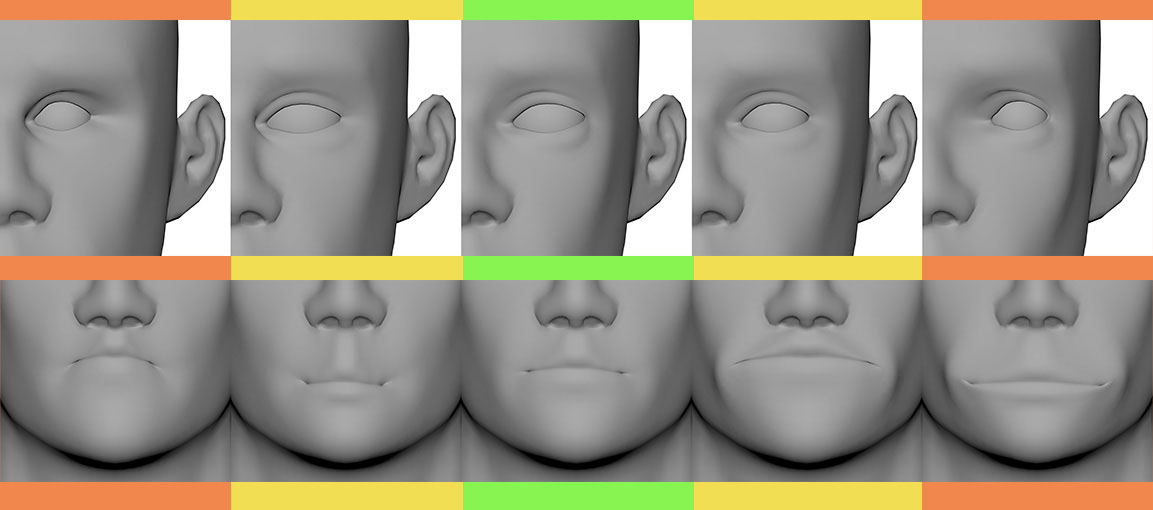“Creating Crowd Characters Through Procedural Deformation” by Lindig
Conference:
Type(s):
Entry Number: 05
Title:
- Creating Crowd Characters Through Procedural Deformation
Presenter(s)/Author(s):
Abstract:
The traditional processes employed for modeling characters are expensive and impractical for creating crowd character models, leading to the development and use of combinatorial methods [Dirksen et al. 2012]. While combinatorial methods are effective at creating large numbers of unique character variations, they lack the flexibility to create characters outside the finite range of possible combinations. This limitation is particularly troublesome in production circumstances that entail frequent fluctuations in character asset requests and real-time interactive experiences. In terms of real-time interactive experiences, this problem is primarily the result of the difficulty to predetermine the various states in which crowd characters are rendered. One common example of this can be seen in the standard practice of creating versions of a single character with varying levels of detail (i.e., LODs) that can be interactively toggled between depending on the distance between a user and a character. Because it is difficult in interactive experiences to control the render states a character will be subjected to at any given moment, LOD systems have been developed to optimize the resolution of a character model for various render states. Similar to the need for higher fidelity character models in render scenarios entailing close proximity between the user and character, greater visual uniqueness and distinctiveness are needed for crowd characters in such scenarios. While methods exist to restrict the control users have of the virtual camera in interactive experiences, thereby increasing the predictability of the render states for crowd characters in these contexts, these methods create limitations in terms of what possible stories are depictable in a real-time medium.
To allow for such real-time stories and greater flexibility in changing production scenarios, this work explores a procedural, parametrically driven system for creating crowd character facial models. This system uses craniofacial anthropometric data – sourced from existing literature – to create a multidimensional parametric structure from which procedurally randomized values can be generated and selected. Once new parameter values are generated, a base craniofacial model is deformed accordingly, resulting in a unique model that represents the parameter values assigned. The results of this method demonstrate the ability of a procedurally driven, craniofacial anthropometric facial deformation system to rapidly and efficiently create a large set of unique crowd character facial models that share a single UV map and polygonal topology. The results of this research indicate such a procedurally driven crowd character creation system would provide artists with the flexibility to quickly iterate and produce desirable results in scenarios such as interactive games. While the focus of this work is intentionally limited to facial models, these results provide sufficient evidence that a similar anthropometric method can be applied to the creation of full-bodied character models.






